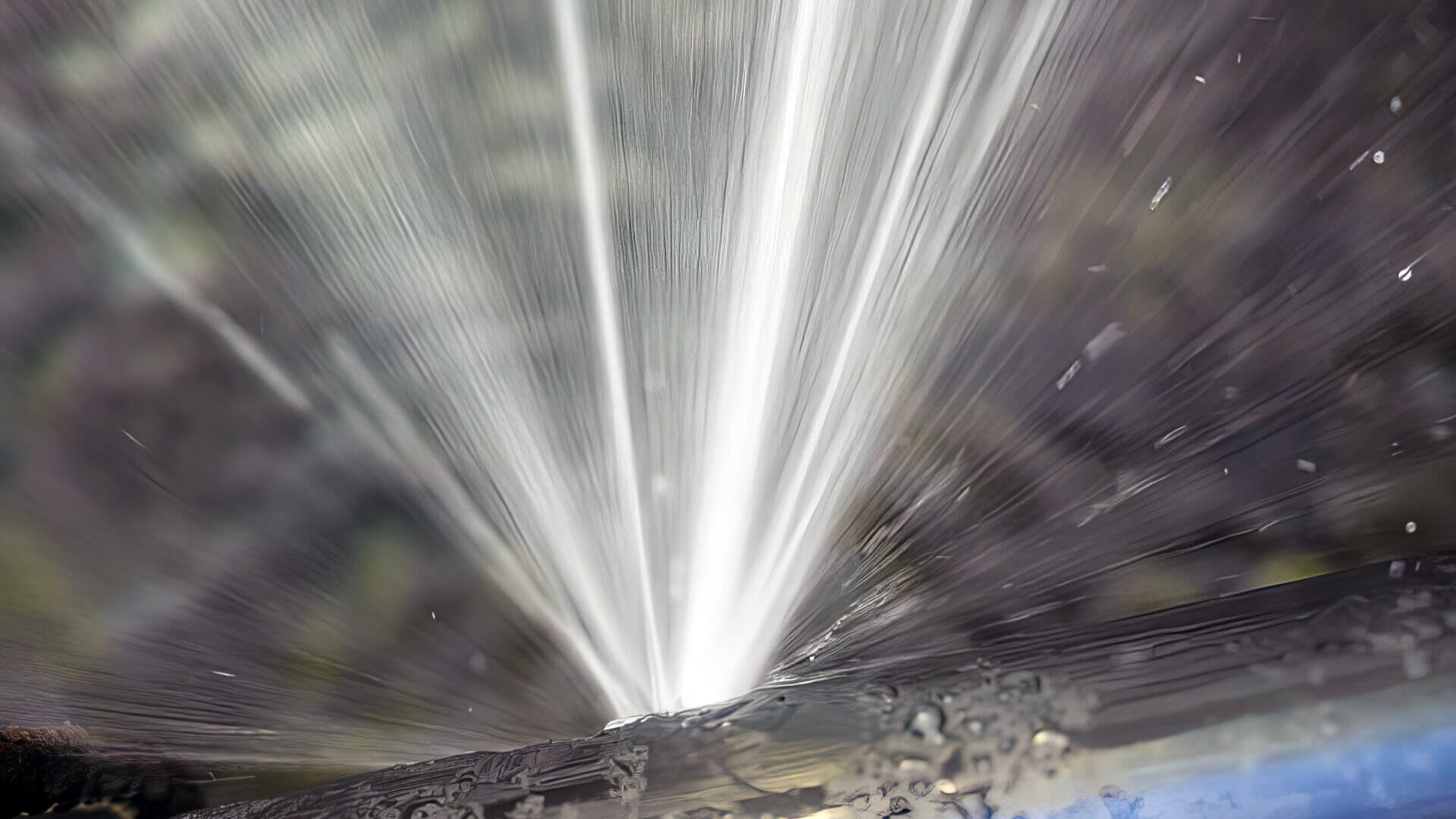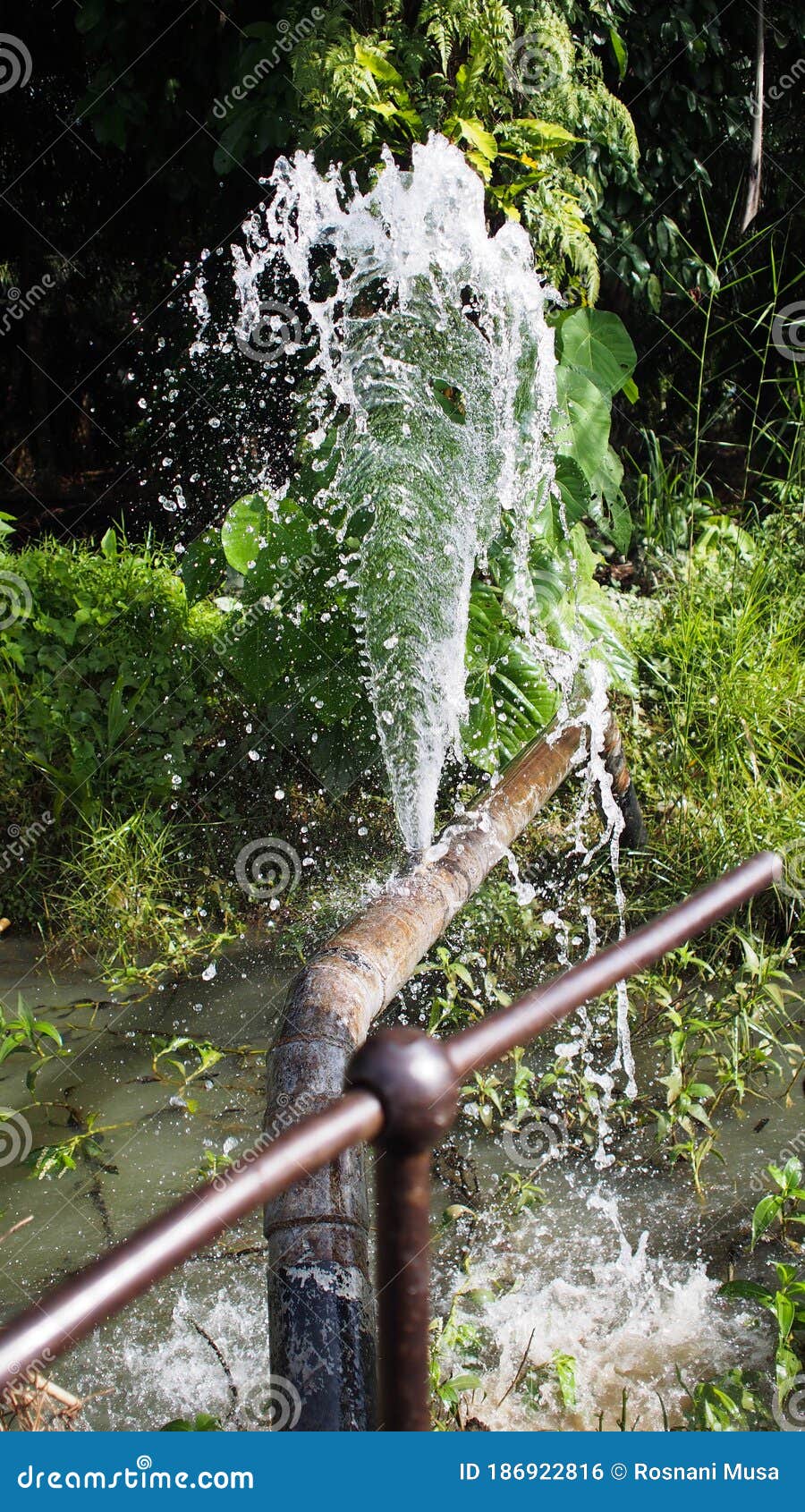The Hidden Dangers of a Burst Pipe and How to Fix It Quickly
The Hidden Dangers of a Burst Pipe and How to Fix It Quickly
Blog Article
Protecting Against Ruptured Pipes: Vital Tips to Safeguard Your Plumbing
Protecting against ruptured pipes is an essential issue for house owners, specifically during colder months when the danger of freezing is increased. Implementing tactical procedures such as correct insulation, routine assessments, and keeping regular indoor temperature levels can substantially lower the likelihood of pipe failure. Additionally, understanding emergency situation treatments gears up homeowners to react quickly to possible plumbing concerns. However, lots of are uninformed of the certain susceptabilities that their pipes may deal with. Exploring these susceptabilities can offer very useful understandings into guarding your pipes system efficiently.
Understand Pipe Vulnerabilities
Recognizing pipe vulnerabilities is essential for efficient plumbing upkeep and protecting against costly damages. Numerous variables add to the sensitivity of pipelines to ruptureds, including material composition, age, and environmental problems. Older pipes, particularly those made from galvanized steel or polybutylene, typically break down with time, bring about increased danger of tears and leaks.
Temperature level changes can additionally dramatically influence pipeline stability. In cooler environments, water caught in pipes can ice up, increasing and applying stress on the pipeline walls, which might eventually lead to a ruptured. Additionally, high water pressure can stress pipes, particularly at joints and bends, enhancing the chance of failing.

Insulate Water Lines Properly
Proper insulation of pipelines is essential for protecting against freezing and subsequent bursts during winter (burst pipe). Protecting your pipes system effectively safeguards against temperature drops that can lead to expensive damage. Begin by identifying prone areas where pipelines are subjected to exterior temperatures, such as cellars, attics, and exterior walls
Usage foam pipeline insulation sleeves or cover insulation tape around these locations to supply a safety barrier. Ensure that all areas of the pipelines, especially those with restricted warm direct exposure, obtain appropriate insulation. Pay special focus to joints and fittings, as these are more vulnerable to cold.
When shielding, it's vital to choose materials that fulfill neighborhood building regulations and are ideal for the specific setting. For circumstances, fiberglass insulation is often recommended for its thermal resistance residential properties - burst pipe. In addition, take into consideration making use of warmth cables or tape in extreme conditions, which can be connected in to provide supplemental warm
Consistently inspect shielded pipelines for any kind of signs of wear or damage, as jeopardized insulation can reduce its efficiency. By taking these proactive steps, you dramatically reduce the danger of pipeline ruptureds, guaranteeing a reliable pipes system throughout the cold weather.
Maintain Regular Temperature
A steady indoor temperature level is essential for preventing burst pipelines during the frigid months. When temperature levels drop, water within pipes can freeze, expanding and developing stress that might ultimately cause the pipes to ruptured. To alleviate this threat, homeowners should maintain a consistent temperature level throughout their living room, preferably no less than 55 ° F(13 ° C)Using a programmable thermostat can help manage interior temperature levels properly, guaranteeing that areas with pipes stay warm even when the house is unoccupied. Pay unique focus to locations that are extra prone to chilly, such as cellars, attic rooms, and garages. check my blog Maintaining closet doors open under sinks can additionally permit warmer air from the home to circulate around pipes.
Additionally, it is sensible to allow taps to trickle somewhat throughout extreme cool spells. This minor flow of water can stop freezing by relieving pressure within the pipes. Throughout specifically extreme weather occasions, think about temporarily suspending any kind of nighttime obstacles on your thermostat to keep a constant cozy atmosphere. By applying these strategies, property owners can significantly lower the threat of pipe ruptureds and guard their plumbing systems against the why not try these out harsh winter season components.
On A Regular Basis Check Pipes
Normal inspections of pipes systems are critical for protecting against ruptured pipelines and keeping general home integrity. During these evaluations, it is essential to check out noticeable pipes for indications of deterioration, leakages, or wear.
In addition, inspecting joints and connections is important, as these points are frequently at risk to leakages. Property owners must also examine water pressure degrees, as excessive stress can strain the pipes system and raise the threat of pipeline bursts.
Consider scheduling professional pipes examinations at the very least when a year, especially prior to wintertime, to guarantee your system is gotten ready for cooler temperatures. Regular examinations not just aid in identifying instant worries yet likewise foster long-term maintenance techniques that can boost the lifespan of your plumbing system. By being aggressive in your technique, you can guard your home versus the disruptive and pricey consequences of ruptured pipes. Focusing on plumbing assessments is a financial investment in your home's wellness and safety and security.
Know Emergency Situation Treatments
Understanding emergency procedures is essential for every home owner, especially after carrying out routine pipes inspections. Being prepared for a plumbing emergency can dramatically minimize damage and conserve prices.
Following, keep crucial tools handy. A plumbing emergency kit must consist of a wrench, plunger, and towels, as well as a flashlight and a container for little leakages. In addition, think about having the call information for a trusted plumbing technician easily offered, needs to the scenario intensify beyond your control.
If you discover a leakage or ruptured pipe, instantly shut off the supply of water and notify your plumber. Record the damages with photos for insurance policy functions. Know the indicators of prospective plumbing concerns, such as unusual water stress variations or damp spots on walls
Eventually, positive expertise and quick action are crucial in managing plumbing emergencies, ensuring your home continues to be visit site protected and lessening prospective damage.

Verdict
Finally, protecting against burst pipelines necessitates a diverse approach that consists of understanding pipeline susceptabilities, correct insulation, preserving consistent indoor temperature levels, regular inspections, and expertise of emergency situation treatments. By executing these essential methods, the danger of pipes failings can be significantly reduced, therefore ensuring the long life and efficiency of the pipes system. Positive actions not only guard versus possible damage however additionally contribute to total water preservation and the defense of property.
In chillier environments, water caught in pipelines can freeze, putting in and broadening pressure on the pipeline wall surfaces, which might ultimately lead to a burst. When temperature levels decrease, water within pipes can ice up, producing and broadening stress that might ultimately cause the pipelines to burst. By executing these techniques, house owners can substantially reduce the risk of pipe bursts and guard their pipes systems against the harsh winter season components.

Report this page